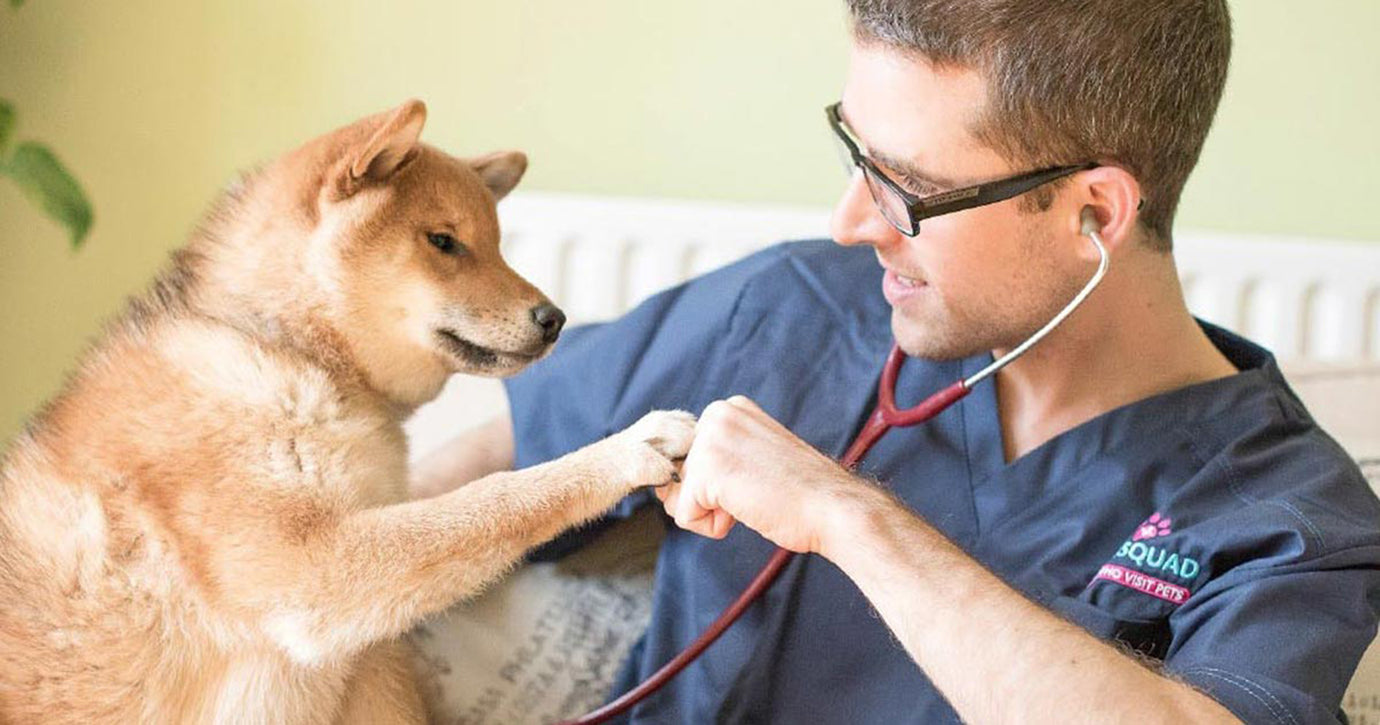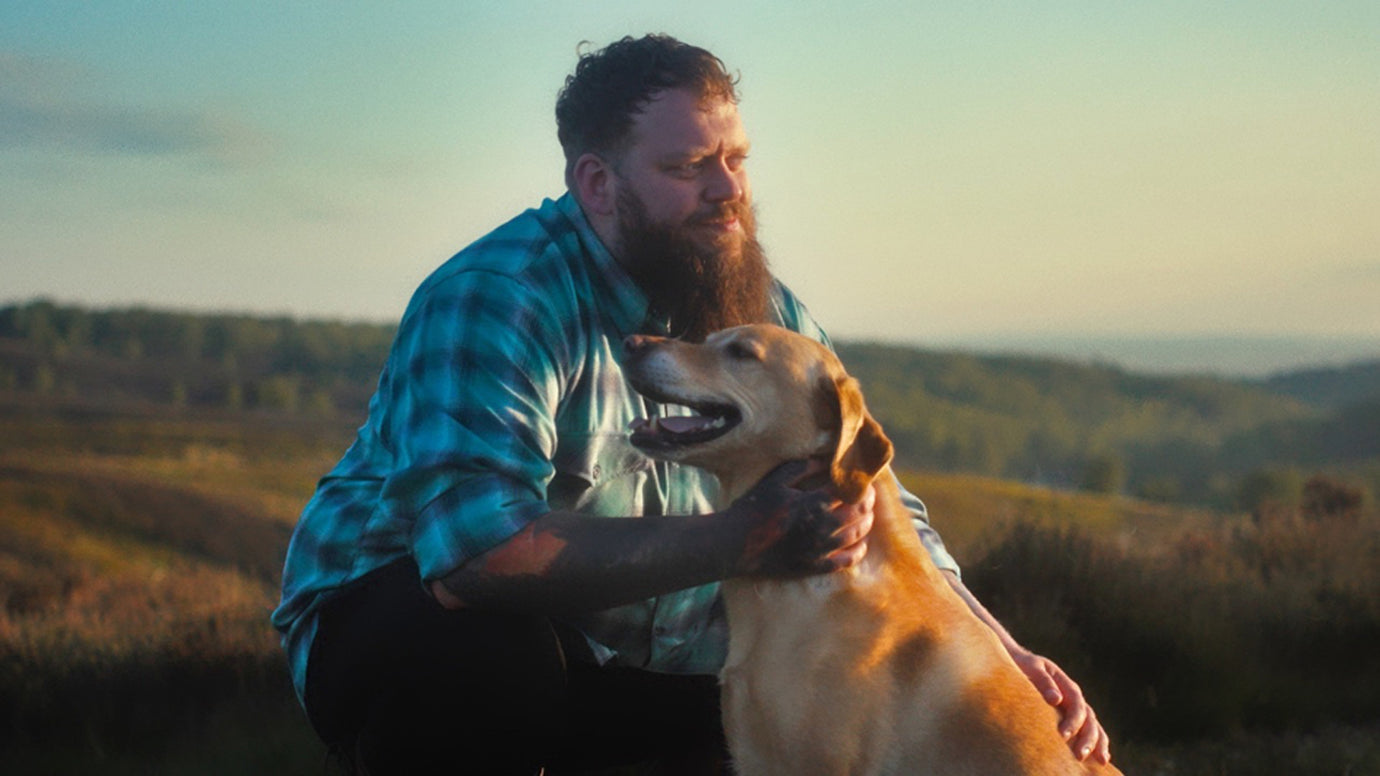"Puppy dog eyes": dogs have evolved a new eye muscle to communicate, say researchers

If you sometimes feel as if your dog’s eyes seem to have an almost hypnotic effect on you which always seems to result in your hand drifting towards the treat jar, you’re not alone.
Of course, that well-known phrase “puppy dog eyes” is a very good descriptive for the way our dogs can look at us with total love and adoration when they want something!
We’ve all fallen for the charms of a begging dog and know all too well how the facial expressions and body language our dogs use can direct our actions in their favour, but new evidence uncovered by researchers into human/canine communication has today taken us one step closer to understanding the evolutionary science behind this phenomenon.
It turns out that not only does your dog know exactly what they’re doing when they give you those wide, adoring puppy dog eyes and use them deliberately to garner favour and get their needs met, but they have even evolved a brand new facial muscle to allow them to do just this.
In this article we will share the findings of this latest research into human/canine communication and what these findings mean for our understanding of dogs and how they communicate with us. Read on to learn more.
All about those puppy dog eyes
Past research into dogs and their facial expressions and how they communicate with people has already revealed that dogs can and do subtly alter their facial expressions when communicating with people, in contrast to the expressions they use when communicating with other dogs.
Dogs use facial expressions that are particularly likely to appeal to humans and bring out our nurturing instincts, which today, might mean that your dog simply gets an extra treat or two when you had planned to put the jar away.
However, back in the earlier history of the evolution of dogs when our relationships were still in the formative stages, this learned behaviour was even more useful to dogs, and helped them to bond with us, and encourage us to see dogs as friends and companions that we should protect and care for.
This behaviour is something that dogs have expressed as far back in time as we’ve researched and kept records about it – but now, we have learnt that evolution has taken dogs one step further still!
Dogs have evolved a new facial muscle to enhance communication with people
Researchers in the UK and USA have recently published the results of studies into canine evolution and communication and have identified that dogs have evolved specific muscles around the eye areas which enable them to make facial expressions that historically they would have been unable to – and which are deliberately designed to appeal to people.
One newly-identified facial muscle in particular permits dogs to produce an expression like that of a human baby, which is designed to result in a protective, nurturing response in people. The researchers involved refer to this as the “expressive eyebrows” muscle, which dogs use to mimic human facial expressions and so, give the impression of communicating with us in more human terms.
Triggering this newly found eyebrow muscle results in the dog’s eyes appearing bigger and humanistic, mimicking those of a human baby, particularly one that is unhappy! This in turn creates an instinctive, caring response in people, resulting in a preference for dogs that possess the trait and reinforcing its presence in subsequent generations of dogs.
The muscle itself permits dogs to raise the inside corner of their eyebrows, providing greater mobility to the eye area – and we’re not sure exactly when this change evolved, but we do know that it happened after the evolutionary split from wolves into domestic dogs, during the several millennia which dogs have lived with and relied upon humans for mutual survival.
This is a relatively short timescale for an evolutionary change of this nature to occur, and researchers at the University of Portsmouth, which undertook the UK-side of the research, say that this indicates how important facial expression is within social communication and interaction, and the power of expression in terms of capturing the attention and eliciting a desired response.
Can you spot the muscle?
It might not be all that easy for the average dog owner to pinpoint the exact facial muscle in question on their own dog’s faces, but if you get some treats to hand, you can have a go!
The presence of the muscle is usually particularly evident in dogs who don’t have masses of fur above their eyes, and particularly, those who have distinctive “eyebrows” of sparser fur, or fur of a different colour.
When you’ve got your dog’s attention with the treats, look at their eyes and eyebrows, and you might see a kink towards the centre/inner corner of the eyes, resulting in a raised eyebrows type of expression – and the chances are that your dog’s special “human-manipulating eye muscle” will be working hard to help them win that treat!
(Article source: Pets 4 Homes)





